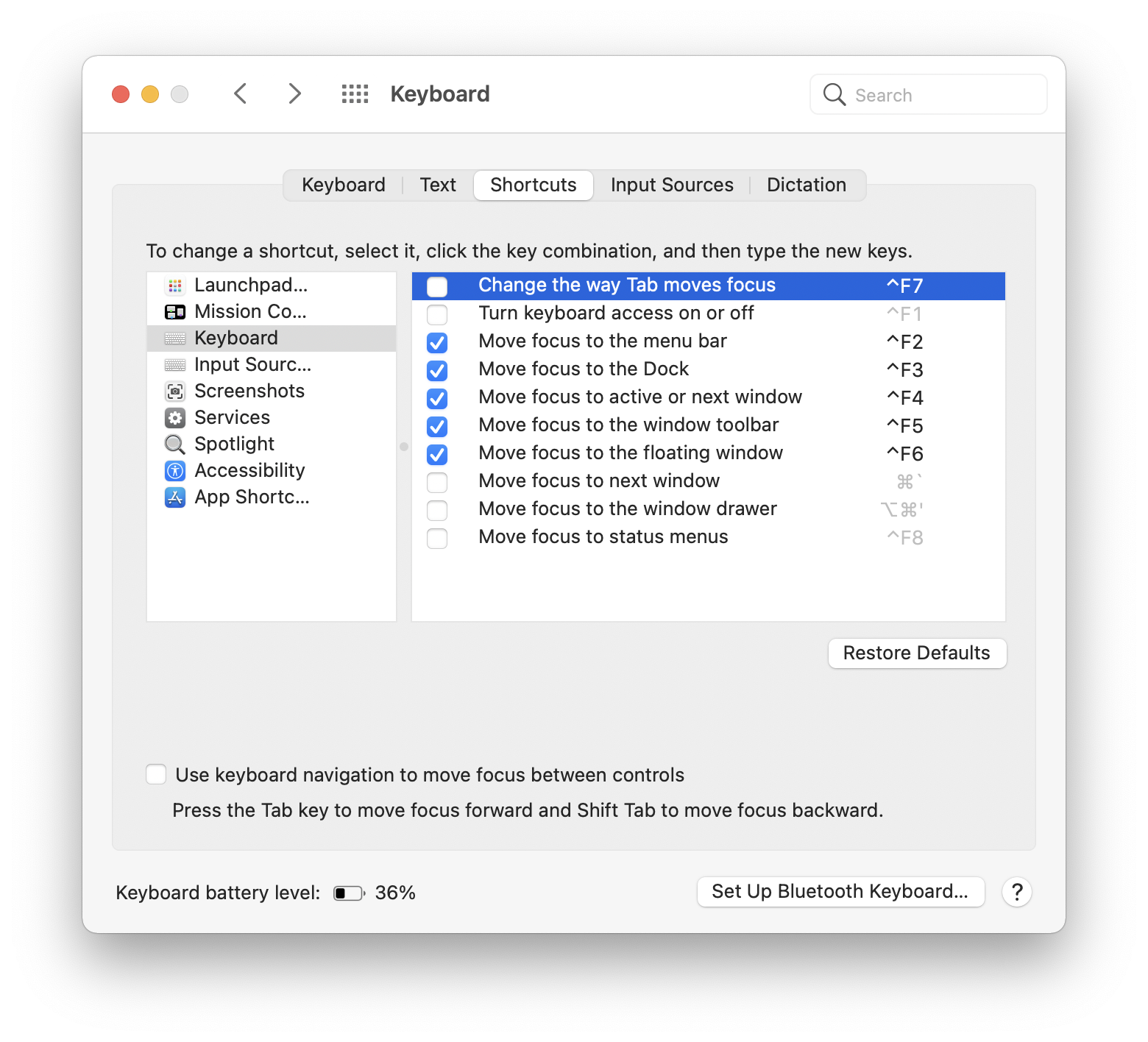
- Mac shortcuts for the windows full#
- Mac shortcuts for the windows download#
- Mac shortcuts for the windows mac#
- Mac shortcuts for the windows windows#
Mac shortcuts for the windows mac#
Thank goodness, there is a Mac keystroke combination designed for people like us: the folks who are drowning in an ocean of windows.
Mac shortcuts for the windows windows#
Sometimes your screen is so obscured by windows it would take years to click through to the desktop. To copy-paste a screenshot: Shift + Control + Cmd + 4 4. It appears, all this time you could do it easier. Normally you would make a screenshot, pick it from your desktop, and only then paste it to the new location.

But here comes the combination to take your screenshotting skills to the new level. Copy and paste a screenshot directlyĬmd + Shift + 4 is an old classic way to make a screenshot on a Mac. Early Mac models had Apple key instead of Command, but it later was changed as Steve Jobs feared that there would be too many “apples” in the OS interface. To completely delete a file: Option + Cmd + Deleteĭid you know, the Command key ? symbol was borrowed from a road sign that is used across Scandinavia? Its original use is to denote tourist attractions. Here’s a shortcut to quickly delete unwanted files on a Mac, bypassing the Trash. Delete a file completelyĭragging files to the Trash? Wait, this is not the only option. Then, holding down Cmd press Q to cycle between apps you need to close. You probably heard of Force Quit (Cmd + Option + Esc), but it’s a too long way to do it. When your Mac lags and you need some fresh memory, you may choose to quit all apps. Sometimes an app that you thought you quit is still secretly running in the background. There is something addictive in using shortcuts - the quickness, the feeling of a keyboard, the geeky confidence in your fingers when you realize “hurray it works!” Once you get hooked on shortcuts, you’ll never go back to clicking again. They probably saved us thousand years of time if put together. Humanity should be grateful for the invention of Mac hotkeys. But to help you do it all by yourself, we’ve gathered our best ideas and solutions below.įeatures described in this article refer to the MacPaw site version of CleanMyMac X.
Mac shortcuts for the windows download#
You can configure an existing hotkey window by clicking Configure Hotkey Window in Prefs > Profiles > Keys.So here's a tip for you: Download CleanMyMac to quickly solve some of the issues mentioned in this article. If you want to assign multiple hotkeys to a single dedicated hotkey window, add them by clicking Additional Hotkeys.
Mac shortcuts for the windows full#
:max_bytes(150000):strip_icc()/004_what-are-windows-keyboard-equivalents-to-mac-2260203-5c7852cf46e0fb0001edc7d3.jpg)
You can also assign the double-tap of a modifier. iTerm2 allows you to assign multiple hotkeys to a single profile or even a single hotkey to multiple profiles. In its simplest form, it's a system-wide terminal window that you can open with a hotkey. By pressing the hotkey, the window opens or closes. Dedicated Hotkey WindowsĪ dedicated hotkey window is a window that is associated with a profile and has a hotkey attached to it. The preference window will open, and at the bottom of the General tab is a field where you can set a hotkey that opens iTerm2 to reveal that session. Select Session > Edit Session to modify properties of the current session. You can assign a hotkey to a particular session. Turn on the checkbox and then click in the text field beneath it and type the hotkey you'd like to use.

Configure this in Preferences > Keys > Show/hide all windows with a system-wide hotkey. It is meant for quickly switching between iTerm2 and other applications. This hotkey shows or hides all iTerm2 windows.

iTerm2 recognizes three kinds of hotkeys: Toggle All Windows, Session Hotkeys, and Profile Hotkeys. A hotkey is a keypress that iTerm2 responds to even if another application is active.


 0 kommentar(er)
0 kommentar(er)
